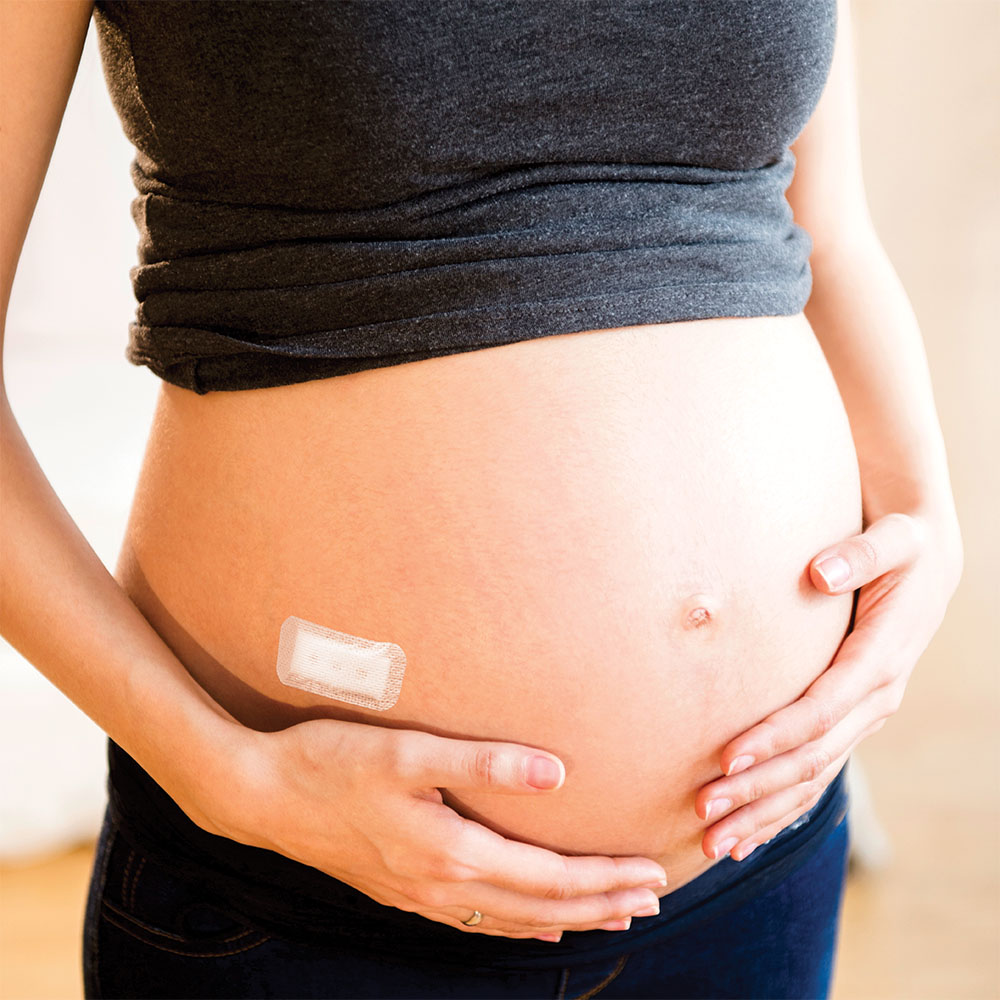
We’ve had a close connection with skin from the beginning. 3M’s very first medical products — tapes and drapes — were designed to stick to skin. Along the way, 3M developed adhesives that secured toupees to men’s scalps, glittery stickers to kids’ faces and acrylic nails to women’s fingers.
Today, we are enabling new technology through wearable devices and antimicrobial wound care dressings with adhesives that are strong enough to stay in place yet gentle on the skin.
The origins
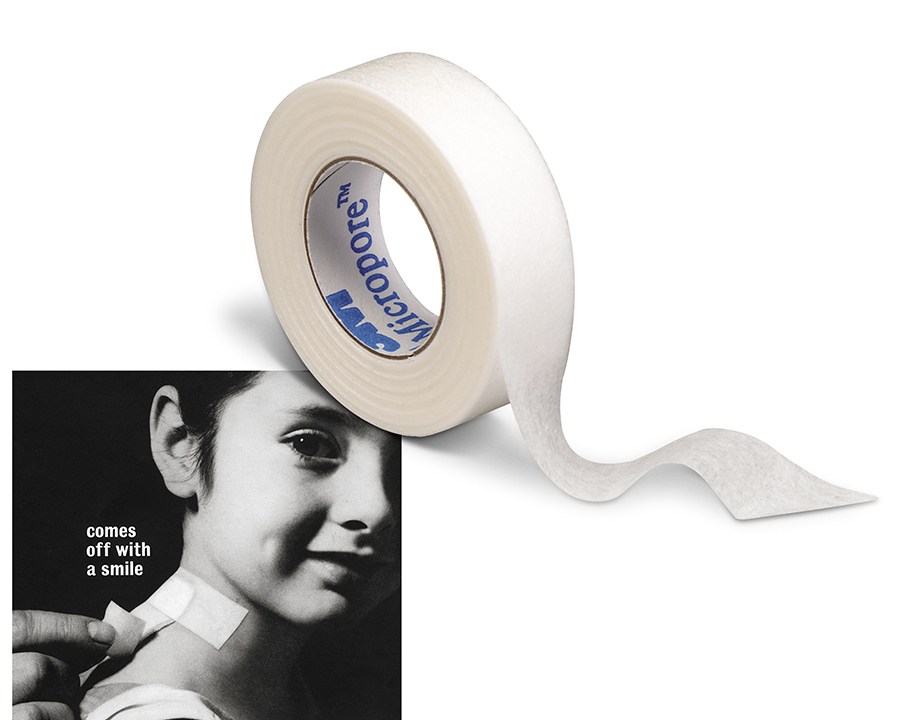 3M made its first entry into the health care business with products that adhered to skin – surgical drapes in 1948 and hypoallergenic tape in 1960. Throughout the next decade, the medical business continued to grow and added more surgical tapes and dressings to the 3M portfolio of medical solutions.
3M made its first entry into the health care business with products that adhered to skin – surgical drapes in 1948 and hypoallergenic tape in 1960. Throughout the next decade, the medical business continued to grow and added more surgical tapes and dressings to the 3M portfolio of medical solutions.
Hello, Gorgeous
In the 1960s and 1970s, the cosmetics and fashion industry sat up and took notice. Many companies began using 3M adhesives in their products. Personal care items like double-sided toupee tape were made to bond with textiles on one side and a bare scalp on the other.
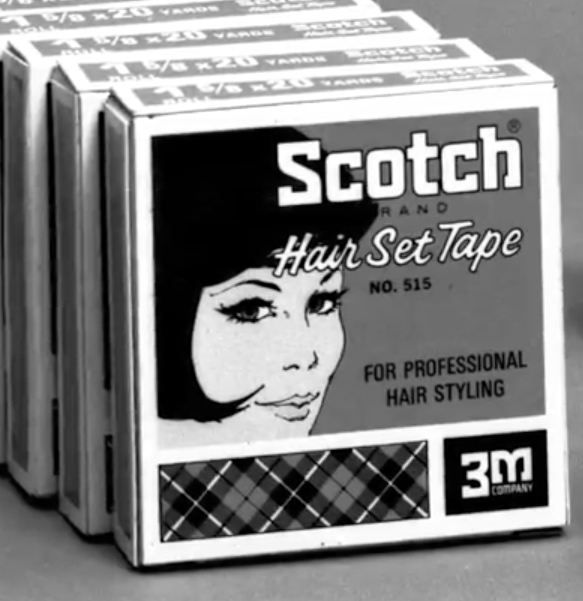
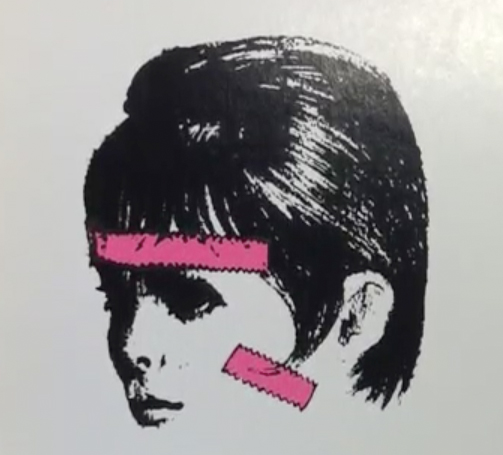 In the 1960s, when many women desired specialized hair styles, 3M introduced Scotch™ Brand Hair Set Tape to hold curls in place while they dried. Product developers formulated the tape to stick to skin and hair without leaving a gummy residue – even under a hair dryer.
In the 1960s, when many women desired specialized hair styles, 3M introduced Scotch™ Brand Hair Set Tape to hold curls in place while they dried. Product developers formulated the tape to stick to skin and hair without leaving a gummy residue – even under a hair dryer.
Today, 3M still makes some products for fashion. Scotch™ Essentials wardrobe solutions can help you keep your jewelry and hemlines in place by sticking to both skin and fabric.
Where can technology take us?
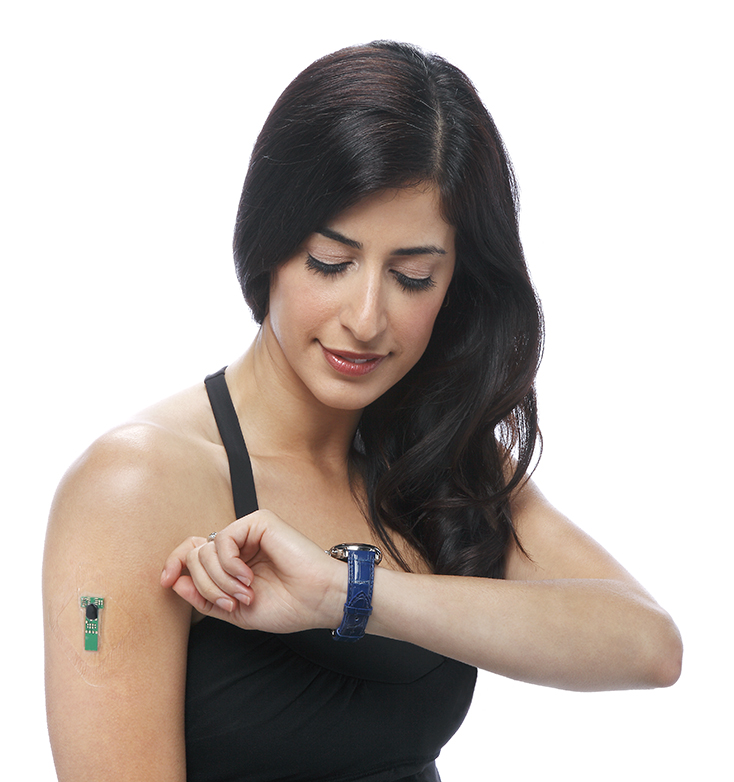 Skin is different from person to person, so adhering to a baby’s skin is different from sticking to the skin of a healthy adult or an elderly person with diabetes. Scientists and engineers also consider where on the body a device will be placed, and how long it will need to stay in place.
Skin is different from person to person, so adhering to a baby’s skin is different from sticking to the skin of a healthy adult or an elderly person with diabetes. Scientists and engineers also consider where on the body a device will be placed, and how long it will need to stay in place.
As wearable medical devices grow in popularity and in their ability to enhance human health, the technology that helps them stay on skin is also advancing.
3M engineers recently launched a new medical transfer adhesive that can be worn for up to 14 days, depending on the backing material used. Stick to skin technology is also used in nasal strips that can last through the night to keep you from snoring, and in a device that can keep new moms from stressing too much about guesswork in breastfeeding.
Product developers also continue to expand the portfolio of 3M wound care dressings. As the understanding of wound care grows, new technology allows clinicians to maintain the right moisture balance to help promote a healing environment and extended wear time to help reduce unnecessary dressing removal.
New demands for adhesives that stick to skin in health care keep increasing. As we learn more about skin, we can develop more specialized adhesives that work even as our skin stretches, sweats and ages.
Like what you’ve read?
Consider subscribing to Transforming Outcomes to learn more about insights on skin, complications prevention and patient care.
